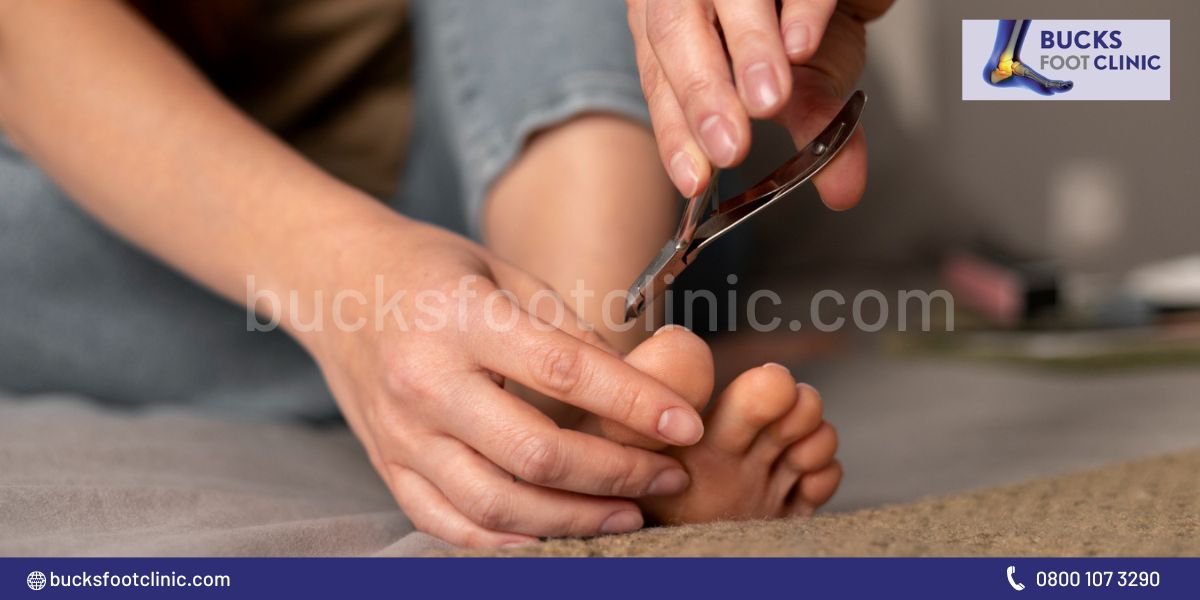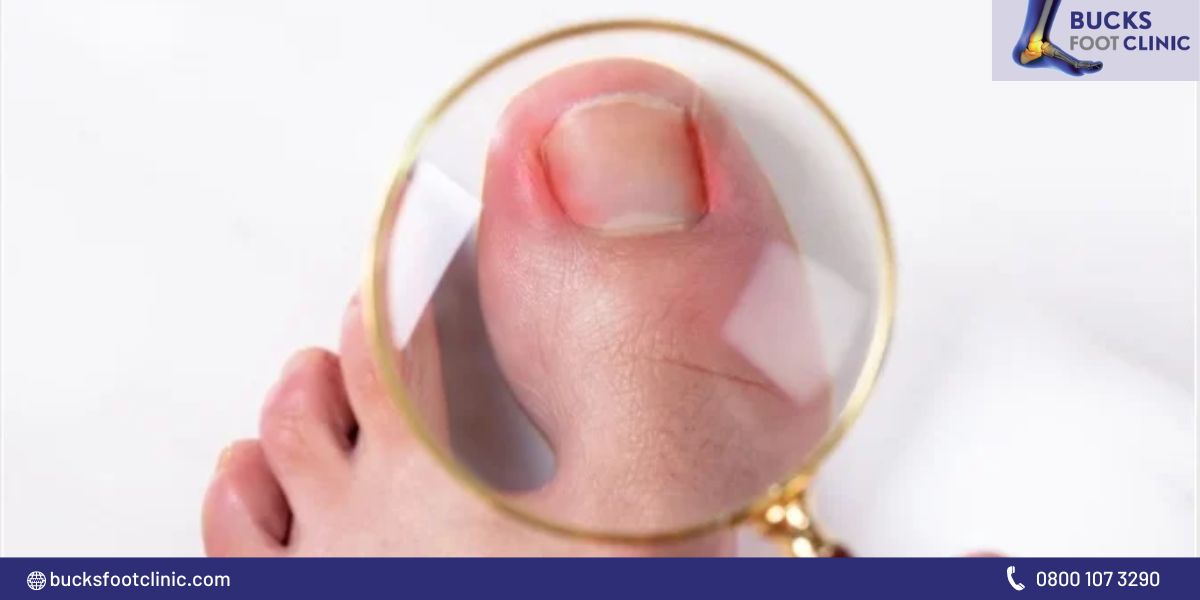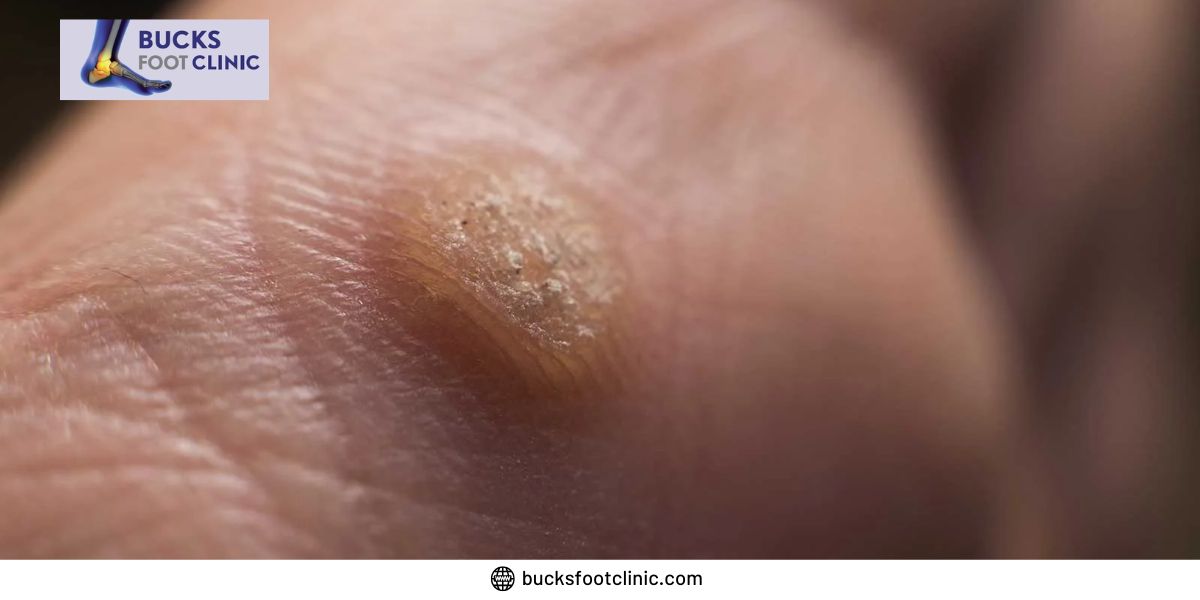
Corns vs verrucas is a long standing issue for many people when it comes to identifying foot conditions. Two of the most prevalent ailments that foot doctors see in clinics are verrucas and corns. These also include some of the ailments that patients at home treat poorly the most frequently.
By the time patients visit their healthcare providers, they have frequently used Dr. Google for diagnosing their own problem. Using the internet People often try their own self-treatment options by purchasing over-the-counter topical medications. Patients frequently visit the professionals if their medication and treatment fails or if they’ve had an issue. They frequently make incorrect diagnoses, which has resulted in treating the incorrect lesion with the incorrect treatment. This may occasionally cause major issues. Thus in this article, you will learn about the difference between corns and verrucas. Keep reading to learn more.
Corns
A corn is a patch of hardened skin in the shape of a cone that frequently develops on pressure points, such as notable joints. The pressure and friction that cause corns can come from your shoes, socks, seams, or lumps and bumps on the sole of your foot. Corns frequently begin as hard, dry skin and develop into a conical pressure-sensitive area as the pressure builds. A corn’s tough exterior was developed as a defence against the constant pressure and friction. Corns might gradually develop over time.
Everyone, regardless of age or skill, can get corns. However, some evidence indicates that they mostly impact those with drier skin types. A corn’s top and surrounding skin is frequently elevated because it is typically firm and thick in texture. It may give the colour a faintly yellow tone.
Pressure on corns frequently hurts. If they are ignored, they can break down and become infected and turn red, hot, and swollen.
This time, we are applying pressure directly to the spot instead than compressing the skin. If applying this pressure causes pain, a corn is most likely the cause of the sore.
Verrucas
A verruca is caused by the contagious HPV (Human Papillomavirus). You can mostly find them on the toe region or the bottom of your foot. The virus flourishes in moist or damp settings, such as the floors of swimming pools, public restrooms, and showers.
If you scrape, pluck, or knock them, they may spread to other parts of your skin. Verrucas are said to take anything from a few months to more than a year to develop.
The most intriguing thing about them is that they can go away on their own without any kind of treatment, but they can also last for years. They may be extremely painful for some people or not at all for others.
How to Treat a Corn?
Try using equipment to relieve the area’s stresses as an alternative. A visit to a podiatrist would also be good to have the corn removed and to examine the cause of the pressure. Taking care of these problems typically stops the corn from growing again. Enucleation is a procedure when a podiatrist removes the corn using a scalpel. Since the corn has no nerve supply, this is painless.
How to Treat a Verruca?
Since all verrucae are capable of spontaneously fading at any time, it may be best to let them go by themselves if they aren’t troubling you. Nevertheless, there are certain topical remedies you can try if you want to treat them, such as:
- Needling Therapy
- Salicylic acid solutions
- SWIFT Microwave
Conclusion
To sum up, you only need to notice a few minor details to tell the difference between corns and verrucas. Corns and verrucas are both very common occurrences, but with the right treatment, they’re quite easy to deal with. Thus, if you wish to receive the finest foot care for your conditions, check out Bucksfoot. Visit our website to learn more.




Recent Comments